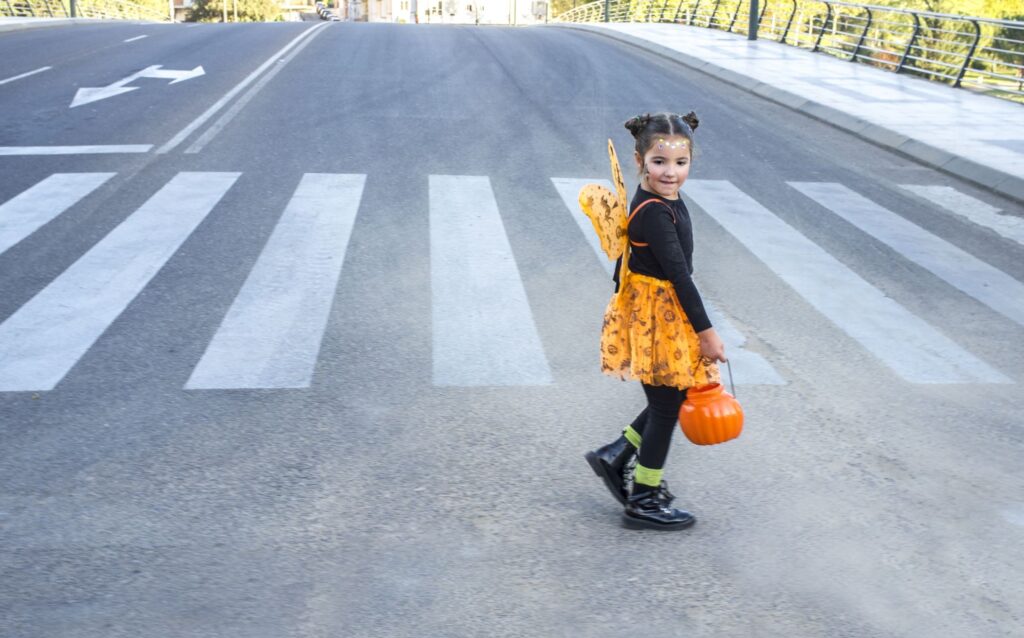Binocular and Monocular Cues in Depth Perception
Leave a CommentDepth perception is an essential aspect of interacting with and navigating the world for people. Depth perception is the ability to perceive the world in three dimensions (3D). It allows people to judge how far away objects are, how they relate spatially to one another, and how they can successfully interact with them. Depth perception is a critical aspect of vision that enables activities like (more…)



